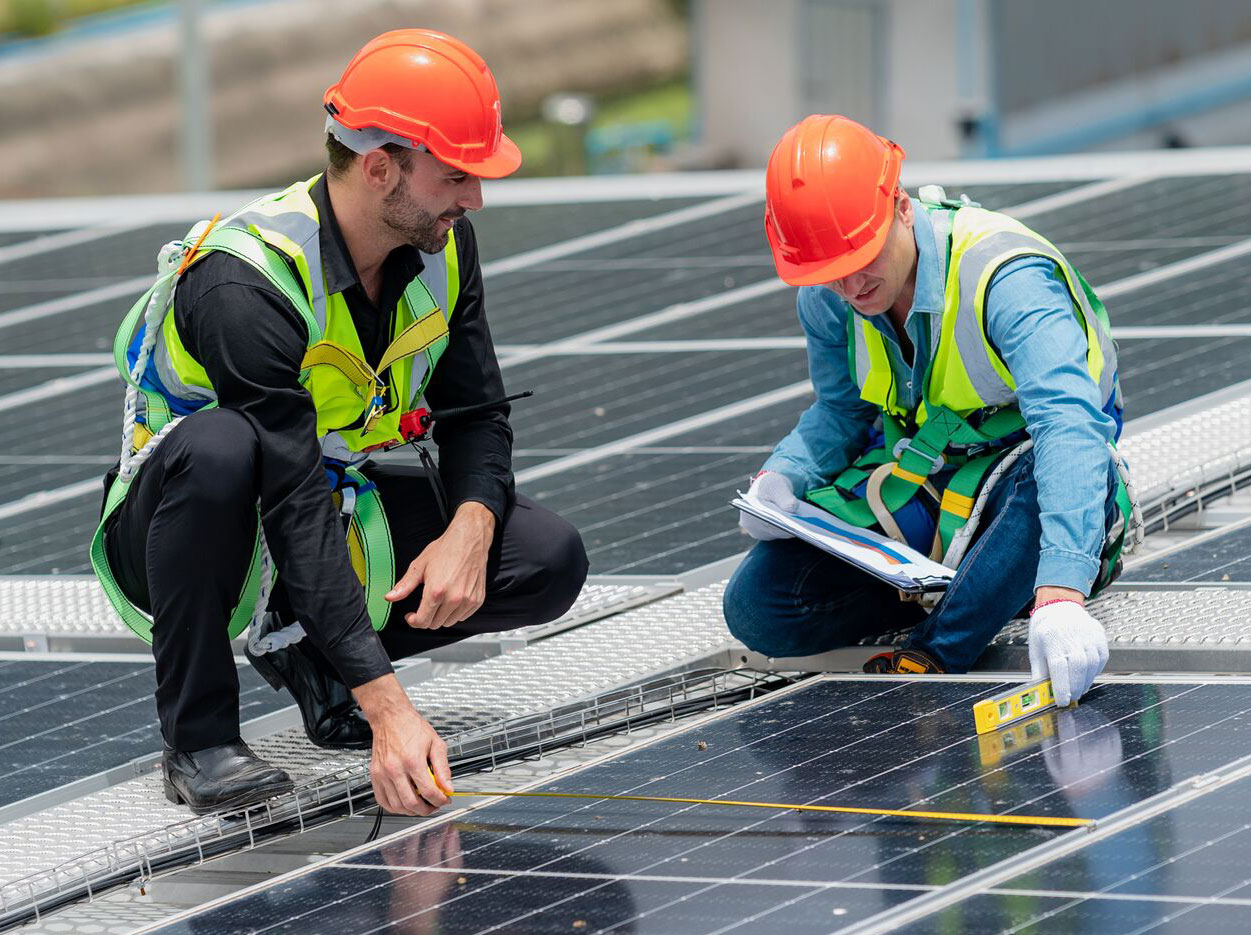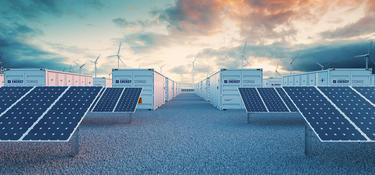
In the rapidly evolving energy landscape, the commercial and industrial (C&I) sector finds itself at a critical moment globally. A 2022 report by the Intergovernmental Panel on Climate Change (IPCC) revealed that the largest increase in greenhouse gases in human history occurred between 2010 and 2019.1 While the window to limit climate warming to the Paris Agreement’s 1.5°C is closing, there are viable strategies available, especially for the C&I sector. Now, swift and decisive action is underway, spurring unprecedented growth in renewable energy and paving a clear and clean path forward.
The shift isn't solely driven by environmental responsibility: It's also a strategic imperative for many companies, prompted by heightened reporting obligations and evolving consumer demand. Renewable energy offers decarbonization opportunities and a roadmap to improved energy resiliency. Below, we delve into the significance of solar in the context of C&I, its compatibility with storage and shifting policies steering the sector toward a sustainable future.
Harness powerful solar energy for sustainable growth

Over the last decade in the C&I sector, solar experienced an annual growth rate of 7%.2 The expansion is attributed to several factors, including decreasing costs of photovoltaic (PV) panels, increasing government incentives and growing adoption. To understand the growth of solar, it’s helpful to look at its benefits:
Cost savings: With declining cost in solar technology, installations present a compelling opportunity for businesses to save on energy expenditures. Solar systems can offset electric bills by up to 95% and reduce reliance on grid-supplied electricity by as much as 80%.3
Reduced carbon emissions: Solar power is a key solution on the path to decarbonization. With solar, carbon reduction is easily quantifiable. In fact, deployment of solar and wind energy solutions by the power sector in 2022 helped prevent approximately 465 metric tons of carbon dioxide emissions.4 Improved environmental stewardship and reduced reliance on fossil fuels also provides a competitive edge and demonstrates proactivity when it comes to corporate responsibility.
Grid resilience: In an era of increasing energy demand, solar power can shoulder the load effectively during peak-demand periods. The growing need for additional power during extreme temperatures magnifies this requirement. Solar reduces the risk of grid failures and blackouts, ensuring uninterrupted service for businesses and communities alike.
Maximize resiliency with reliable energy storage
Energy storage technologies—including lithium-ion batteries, flow batteries and thermal storage solutions—complement solar power systems. They enable energy resiliency and maximize investment in a variety of ways:
Lithium-ion batteries: These high-energy-density batteries enhance grid reliability and provide a lifeline during power outages.
Flow batteries: Known for their long lifespan and scalability, flow batteries are well suited for large-scale energy storage applications.
Thermal storage solutions: This technology captures excess heat (or cold), releasing it when needed to improve energy efficiency and reduce operational costs.
The synergy between solar power and energy storage isn't just about backup power—it's about reshaping the way companies operate. Such solutions ensure seamless operations during outages and reduce peak-demand charges while maximizing energy independence.
Navigate a successful path with regulations as a guide
The current regulatory landscape is complex and requires a strategic approach. Organizations that leverage regulatory policies throughout the process benefit from a range of tax credits and financial incentives. To understand what a successful transition looks like, consider three key areas:

Investigate current and impending policies: To chart an effective course, it's crucial to understand the existing federal, state and local policies. Each layer presents a unique set of opportunities and challenges to navigate.
Explore incentives: Government incentives—such as tax credits, grants and renewable energy certificates—play a pivotal role in making sustainable investments more accessible. The Inflation Reduction Act (IRA) alone includes approximately $370 billion in clean energy tax credits and non-tax funding for related efforts over the next 10 years. Other incentives, such as the federal solar investment tax credit (ITC), can be claimed for 30% of the cost of a photovoltaic (PV) system within a tax year.5 These are critical investments in the future of your business.
Overcome barriers with a strategic partner: Navigating the regulatory terrain is a complex undertaking that involves identifying potential obstacles, recognizing key stakeholders and creating a roadmap to overcome unique challenges. This is where strategic partnerships with industry expertise prove instrumental. They bring the knowledge, scale and experience to navigate complexity and approach common challenges with ease.
Commercial and industrial businesses are at the forefront of a significant energy transition that extends beyond solar energy, yet solar power stands out as one of the most accessible and robust clean energy options. The technology’s compatibility and easy integration with commercial infrastructure offers vast opportunities for cost savings, emissions reductions and improved grid resilience, playing a pivotal role in fostering progress.


